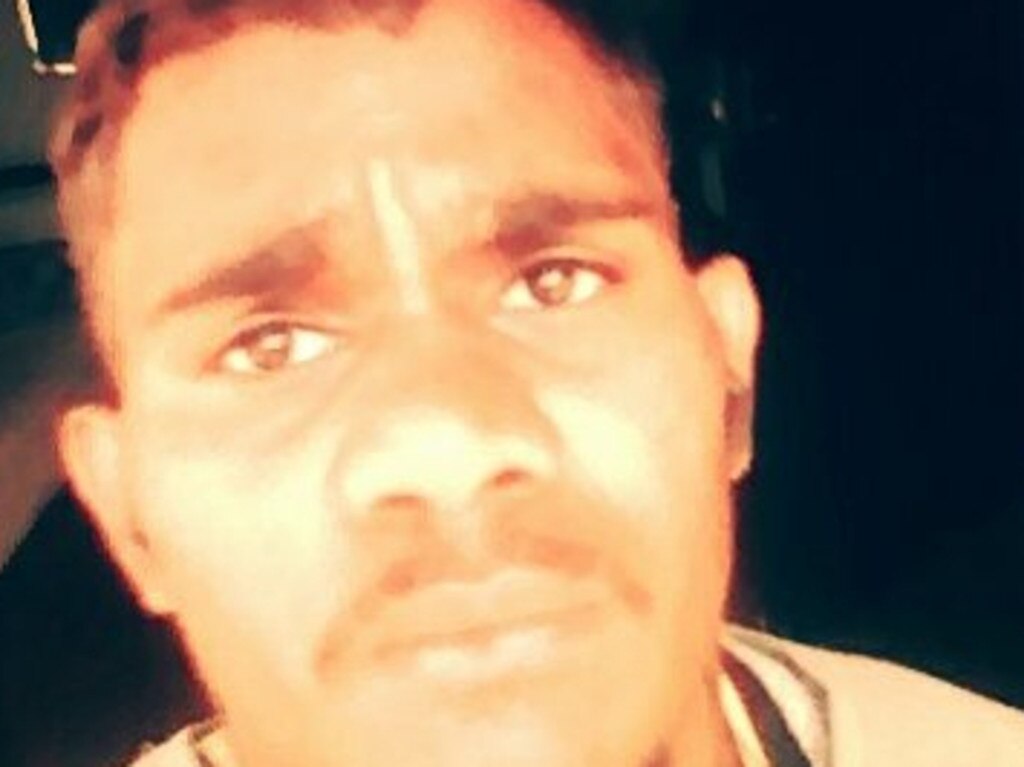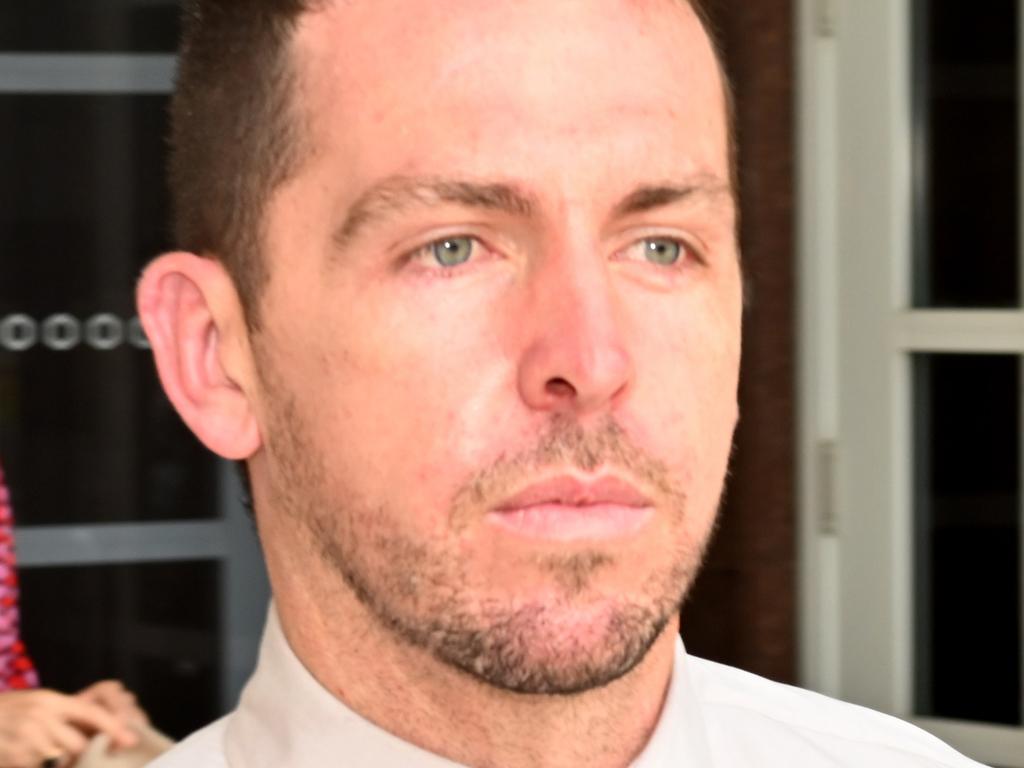Yuendumu: Kumanjayi Walker a ‘low threat when cop fired fatal shot’
Kumanjayi Walker was ‘likely a low threat’ to Northern Territory policemen Zachary Rolfe and Adam Eberl at the time he was fatally shot, a jury has been told.

Kumanjayi Walker was “likely a low threat” to Northern Territory policemen Zachary Rolfe and Adam Eberl at the time he was fatally shot, a jury has been told.
The Aboriginal teenager had inflicted a 3mm puncture to Constable Rolfe’s shoulder using a pair of scissors. Constable Rolfe shot Walker once, and Sergeant Eberl wrestled the 19-year-old to the ground.
By the time Constable Rolfe fired again 2.6 seconds later, Walker was lying on his side on a mattress with his right arm – the hand of which contained the scissors – likely “pinned” beneath his body and the weight of Sergeant Eberl, experts say.
Body-worn video and other evidence presented to the NT Supreme Court shows Constable Rolfe stepped forward, placed the muzzle of his Glock near Walker’s chest and discharged two rounds in quick succession. Prosecutors say those were murderous.
The jury has heard NT police officers are taught they can produce their firearm in response to an “edged weapon”. The purpose is to “incapacitate” an offender and “eliminate the threat”. They are also taught that the use of force must be minimised.
Crown prosecutors are eager to persuade the jury that by the time Constable Rolfe fired shots two and three, Walker was not dangerous. Sergeant Eberl testified Walker continued resisting after being shot and that he never got control of Walker’s right arm.
Biomechanics expert Andrew McIntosh told the jury the position of Walker’s body meant it was very unlikely he could inflict serious harm with his right arm, regardless of whether or not it was fully controlled.
“Once Eberl and Walker separated from Rolfe, the threat to Rolfe diminished,” he wrote in one of three reports. “Walker was likely a low threat to Eberl at the time of the second and third gunshots. Walker’s right arm was likely pinned under his body.”
Dr McIntosh explained that was because “if you’re using a weapon in your hand, and your arm is pinned in that way, then it’s very difficult to develop force with the weapon that you have because you can’t … exert a force onto someone else.”
He agreed with defence barrister David Edwardson QC that scissors such as those Walker used “have the potential to be lethal” and that his own perception – based on reconstructions from body-worn video and other evidence – might not be the same Constable Rolfe’s and Sergeant Eberl’s during the November 2019 incident.
Forensic pathologist Paull Botterill told the jury the “overwhelming majority of stab and incised wounds are not fatal”. In one study of a large prison population, the fatality rate from all recorded stab wounds was 3 per cent.
However, he said some areas of the body were “more susceptible … to sustaining an injury that may have the potential to result in death”. Mr Edwardson, who has been building a case that Constable Rolfe’s injuries could have been more serious, seized on the point.
“Is penetration of the skin a precondition to a lethal injury?” he asked. Dr Botterill said it was not. He also said that in extraordinary circumstances, death could occur from a stab wound as shallow as 1cm. The jury has heard the scissors had a 5cm blade that penetrated about halfway during experiments on pork belly.







